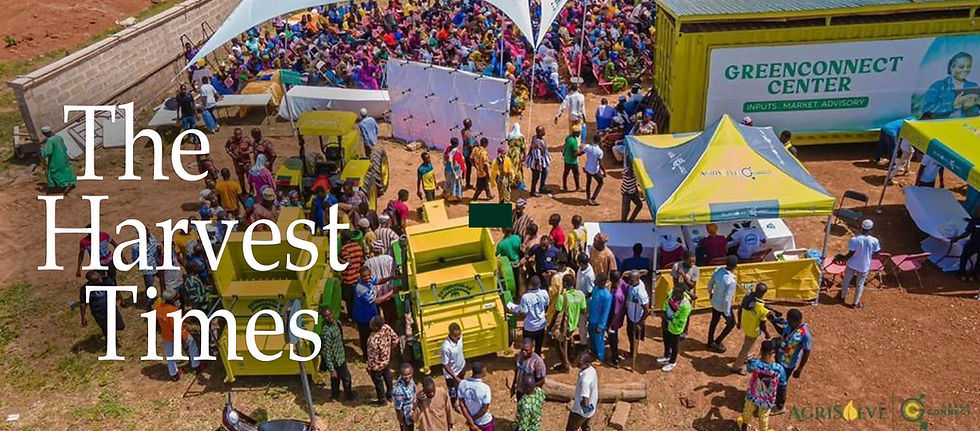Price of Maize - A threat to livelihood
- Sep 3, 2021
- 2 min read
Maize is the most important staple food used by all ethnicities in preparing meals ranging from breakfast to supper and snacks too. Many industries such as the breweries and poultry are reliant on maize as their major raw material. These are meals on diverse household tables from breakfast to supper. Reason Government and various developmental agencies have invested heavily in high yielding seeds.
The price of maize has been usually higher than the world price due to in recent times has risen steeply which could be attributed to the climate since rains delayed in most parts of the country, armyworm; the devastating pest infestation across farming communities which response was inappropriate, use of low yielding seeds and post-harvest loses.

There are two production seasons in the South and one Northern Ghana. The major harvest is between August and September and Minor in December and January. This times are where prices are usually at year record low. Escalating in May when supplies are lean.
This year however has witnessed a total shift from that norm, maize and other commodities prices are at a record high of all time trading at GHC115 per 100kg against GHC75 same period in the North and GHC150 per 120/125kg against GHC120 in 2016/2017 in the middle belts. Thus price change of 53.3% and 25% respectively in production zones. Soya beans has seen an increase from GHC118 to GHC190.
The government flagship programme, planting for food and jobs is aimed at increasing yields of farmers hence reducing poverty, ensuring food security and also creating of jobs. The programme faced challenges of poor seeds, army-worm, late supply of inputs. However, it biggest challenge of not meeting its prime objective of food security is the 1,303 perceived aggregators given licenses by the National Food Buffer Stock Company to purchase from farmers.
The market which remains undefined with no framework for regulations to monitor its activities is highly influenced by certainly demand and supply but emotions and speculations as well. If farmers thought of new buyers on the block, then that is an expansion of demand for goods which may not necessarily be available or adequate for all the many buyers unleashed. These assumptions of government offering higher prices of maize and other produces began as far back in October 2017 when the intent of aggregators college was announced.
The impact of this is what is being felt on our domestic market which prices are usually 30% and more than world prices. It is impossible to have these industries compete with the global market.



Comments